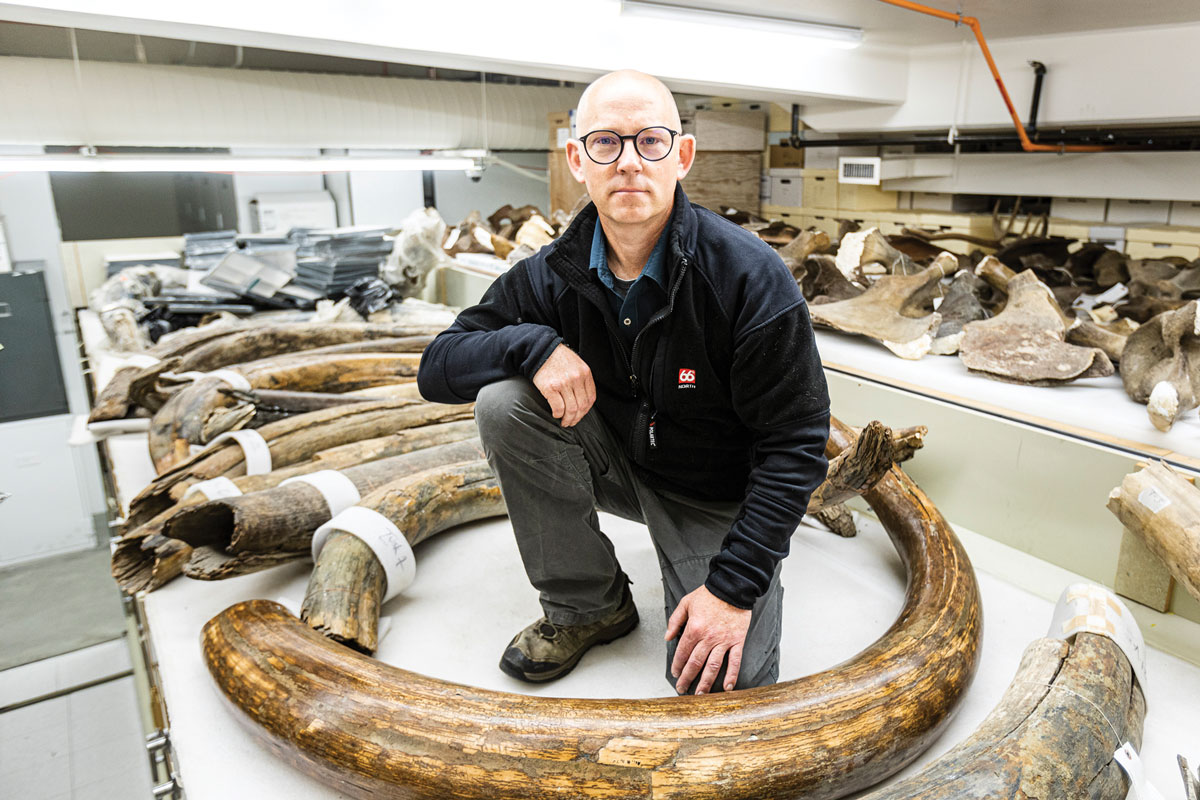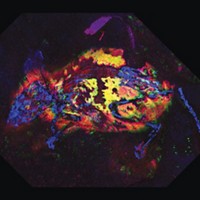Advertisement
Grab your lab coat. Let's get started
Welcome!
Welcome!
Create an account below to get 6 C&EN articles per month, receive newsletters and more - all free.
It seems this is your first time logging in online. Please enter the following information to continue.
As an ACS member you automatically get access to this site. All we need is few more details to create your reading experience.
Not you? Sign in with a different account.
Not you? Sign in with a different account.
ERROR 1
ERROR 1
ERROR 2
ERROR 2
ERROR 2
ERROR 2
ERROR 2
Password and Confirm password must match.
If you have an ACS member number, please enter it here so we can link this account to your membership. (optional)
ERROR 2
ACS values your privacy. By submitting your information, you are gaining access to C&EN and subscribing to our weekly newsletter. We use the information you provide to make your reading experience better, and we will never sell your data to third party members.
Environment
Neanderthal Teeth Reveal Ancient Weaning
Decrease in barium-to-calcium ratios in juvenile’s molar indicates a dietary change from breast milk to solid food
by Sarah Everts
May 27, 2013
| A version of this story appeared in
Volume 91, Issue 21
Infant diet and the timing of weaning may have played an important role in the evolution of early hominins to humans. To test this hypothesis, researchers have developed a technique to analyze the layers of dentin and enamel in teeth to determine an infant’s dietary history. Using the method to analyze a young Neanderthal’s tooth from approximately 100,000 years ago, the researchers conclude that the individual fed exclusively on breast milk for about seven months, followed by another seven months of breast milk and food before being weaned entirely (Nature 2013, DOI: 10.1038/nature12169). The researchers, led by Manish Arora of the Icahn School of Medicine at Mount Sinai, report that infant dietary history can be inferred by the ratios of barium to calcium in teeth cross-sections, as measured by mass spectrometry. Infant teeth begin to grow in utero, with layers of dentin and enamel accumulating daily. Breast milk and infant formula contain barium with higher bioavailability than the barium found in many solid foods. Thus the element is deposited in infant tooth layers in higher concentrations before weaning occurs. The scientists first proved that the barium-to-calcium ratio technique could predict the onset and completion of weaning in contemporary humans and captive macaques before applying the technique to an ancient juvenile Neanderthal’s molar.





Join the conversation
Contact the reporter
Submit a Letter to the Editor for publication
Engage with us on Twitter